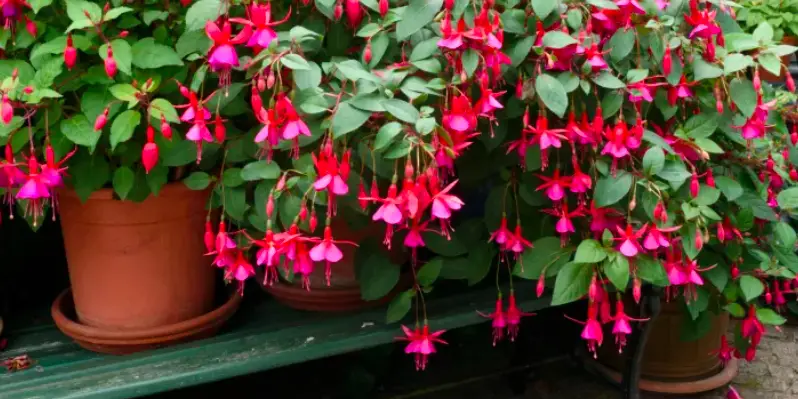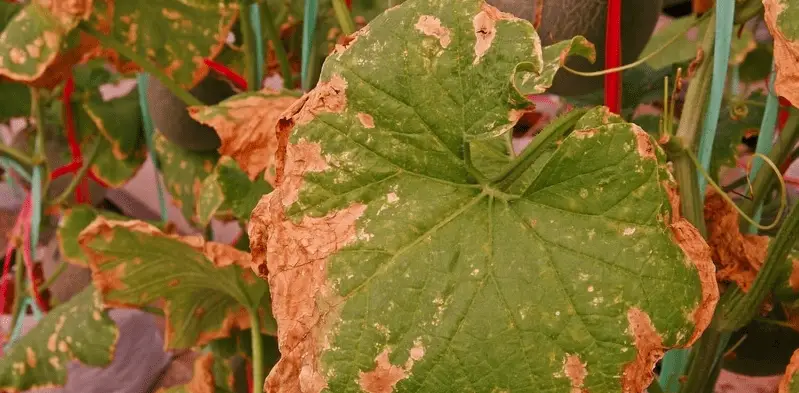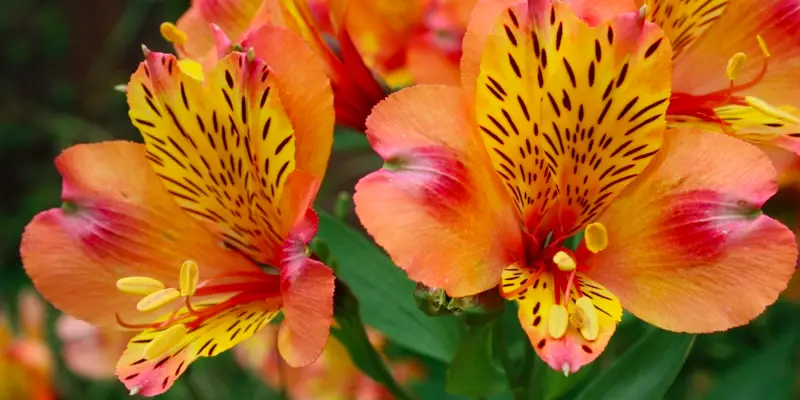If you’ve been tending to a garden or flower bed, and have noticed an unsightly white mold on the surface of the soil, you’re not alone. This is a common problem for gardeners, but what causes it and how can you get rid of it? In this blog post, we will discuss the causes of white mold in soil, and provide some tips on how to get rid of it!
Why Does My Soil have White Mold at the Surface?
The main reason for white surface mold is the presence of too much moisture. This can be caused by a number of factors, such as overwatering, poor drainage, or high humidity.
If the mold is only present at the surface and not throughout the entire depth of the soil, it is likely due to one of these reasons. Let’s go through each of these factors one by one.
1) Overwatering
If you’re watering your plants too frequently, or for too long each time, this can lead to waterlogged soil which is the perfect breeding ground for mold. The best way to determine if you are overwatering is to check the moisture level of the soil before watering. If the top inch or so of soil is already moist, you don’t need to water.
In fact, if the surface soil stays moist for longer than a day or two, that’s a sign that mold is just around the corner if you don’t take steps to dry it out.
One way to cut down on surface mold from watering is to water your plants in the morning so they have time to absorb the water before nightfall. This will also help reduce the risk of fungal diseases, as fungi love dark, moist conditions.
It’s also a good idea to create a watering schedule for your plants. This will help you avoid overwatering, as you’ll know exactly how often to water each plant.
2) Poor drainage
If your soil doesn’t drain well, this can also lead to mold growth. You see, when you add water to your soil, the water needs somewhere to go. If it can’t drain away, it will just sit on the surface of the soil and lead to mold.
There are a few ways to improve drainage in your soil. One is to add perlite or vermiculite to the soil, which will help it to drain better. You can also create drainage holes in the bottom of pots or raised beds.
Another way to improve drainage is to make sure that your plants are not crowded. If they are too close together, this can impede water from draining away properly. Be sure to give each plant enough space to grow.
3) High humidity
If you live in an area with high humidity, this can also lead to mold growth. The best way to combat this is to make sure that your plants have good air circulation. This means not overcrowding them, and providing adequate ventilation if they are indoors.
Using a dehumidifier in your home may seem like overkill, but there are situations when one can come in handy, such as if you live in a very humid climate or are growing mold-prone plants indoors.
You can test the humidity in your home with a hygrometer, which is the best way to really know whether the air is too humid.
How to Remove White Surface Mold from Houseplant Soil?
Once you’ve identified the cause of the mold, you can take steps to remove it and prevent it from coming back.
If the mold is only on the surface of the soil, you can simply scoop it off with your hands or a spoon. If it’s widespread, you may need to sift through the soil to remove all of the mold spores.
To really kill any mold spores that may be lurking in the soil, use a fungicide that is safe for use on houseplants. My favorite fungicide is neem oil because it’s natural, effective, and safe to use.
Once you’ve removed the mold, it’s important to take steps to prevent it from coming back. As we mentioned before, one of the main causes of mold is too much moisture.
So, be sure to water your plants only when the soil is dry, and avoid overwatering. You should also make sure that your plants have good drainage and air circulation.
If you live in a humid climate, you may need to take extra steps to reduce the humidity in your home. This can be done with a dehumidifier or by opening windows on days when the weather is not too hot or cold.
Taking these steps should help to prevent mold from growing on the surface of your soil. If you do notice mold starting to form, be sure to remove it right away so it doesn’t have a chance to take hold.
Conclusion
In conclusion, mold can form on the surface of your soil for a variety of reasons. The most common causes are too much moisture, poor drainage, and high humidity.
Mold can be a tricky problem to solve, but by taking some preventative measures and being vigilant, you can keep it from becoming a big issue in your home.
We hope you found this article helpful. If you have any questions or comments, please feel free to leave them below. And be sure to check back soon for more tips and tricks for keeping your home mold-free!
Tim is an avid gardener from the UK. He was the founder of PlantCarer.com from 2021 to Sep 2023. He sold PlantCarer.com to Aaron. He has since started his own business called Seed To Supper, which provides new gardeners all the materials you need in a box (pots, seeds, compost and instructions) to grow your own delicious and nutritious vegetables and herbs from start to finish – no garden required.









0 Comments